Ancient wonders in the heart of the coastal city
Twin Towers, also known as Hung Thanh Towers, located on Tran Hung Dao Street, Quy Nhon Ward, Gia Lai Province (formerly Quy Nhon City, Binh Dinh Province), is one of eight remaining Cham Pa tower clusters in the locality. Built from the end of the 12th century to the beginning of the 13th century, this complex has existed for about 800 years and is a religious architectural relic of the ancient Champa Kingdom.
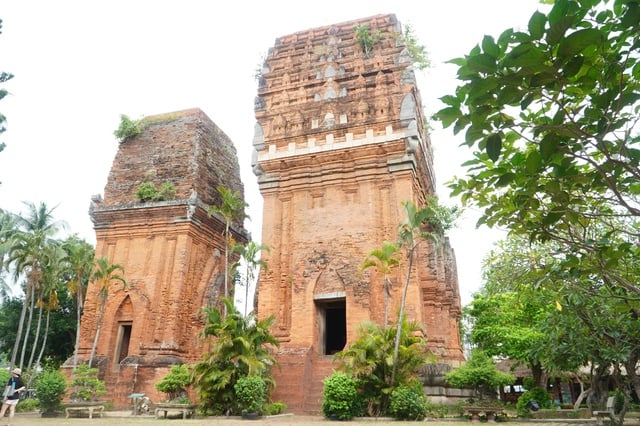
800-year-old Twin Towers in the heart of Quy Nhon coastal city
PHOTO: DUC NHAT
This monument consists of two towers. The large tower is about 22 m high, the small tower is over 17 m high, the main door both facing south. Both towers were built of baked bricks with a special bonding technique. To this day, the tower construction technique has not been completely deciphered. The structure of each tower consists of three parts: a sturdy tower base, a square tower body and a unique curved dome-shaped tower top.
On the large tower, vivid carvings of dancing girls, meditating monks and elephants create a space imbued with Cham identity. The small tower also retains a similar structure, but stands out with 13 carvings of a herd of mischievous deer.
According to the Department of Culture, Sports and Tourism of Gia Lai province, like other Cham towers, the Twin Towers have a square body, the main door faces East, and the other 3 sides are 3 fake doors. In addition, the 2 towers also show the typical features of the Cham tower style with large shapes, the entrance arches and fake doors rising like spearheads, the columns along the wall are high and smooth, without decorative patterns on the wall surface.
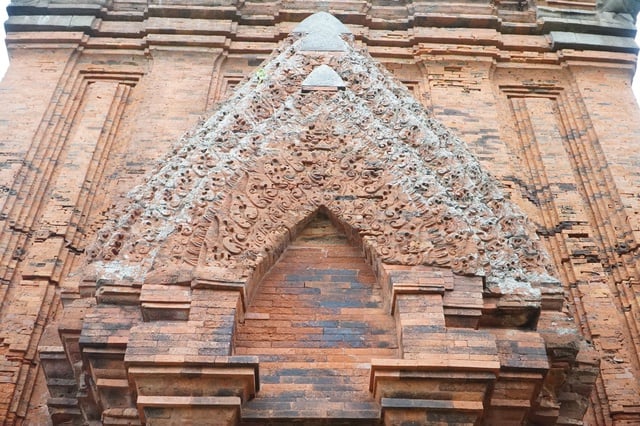
Both towers were built of fired bricks with special bonding techniques.
PHOTO: DUC NHAT
The shape of these two towers is very unique, unlike any other towers that still exist. Each tower has a structure consisting of two main parts, the lower part is a square body and the curved roof of the tower. From the eaves up, the Twin Towers do not shrink down to 3 floors, but instead are a system of many fake floors.
Each floor is signaled at the four corners of the tower by the image of the Garuda bird with its legs bent slightly, using its strength to kick the corner of the tower wall, its two arms raised to their full extent as if supporting the weight of the upper floor of the tower, its face stern and fierce. In addition, there are reliefs of mythical animals influenced by Khmer art of the 12th - 13th centuries.
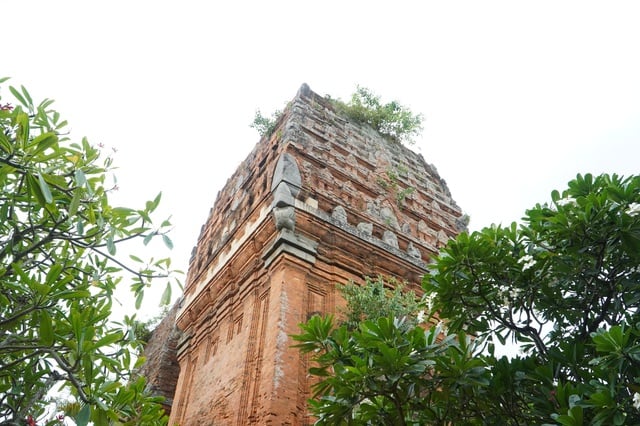
The curved roof makes the Twin Towers different.
PHOTO: DUC NHAT
Deface the monument with writing
Despite the many historical changes, the two towers still stand tall in the heart of the city, becoming a living witness to a brilliant period of Champa culture. However, the relic is currently facing the risk of degradation and encroachment due to time and human factors.
Every day, dozens of tourists come to visit and tour the Twin Towers. Not only do they come to take souvenir photos, many tourists also go inside the tower to burn incense and pray. When witnessing the damage to the tower, many tourists could not help but feel sad and regretful.
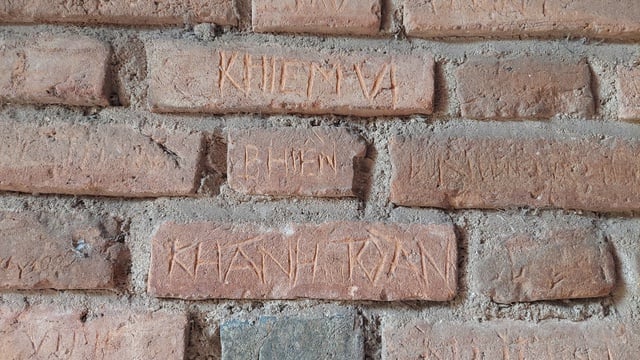
Names carved on the wall, 'smearing' 800-year-old relic
PHOTO: DUC NHAT
Inside, the ancient bricks on the tower's body have rotted. In some areas, the bricks on the walls are worn and jagged due to weathering.
Especially on the walls at the entrance of the two towers, there are now many drawings. Even the writings are carved deeply into the bricks. The bricks within reach have become the target of those who unconsciously draw on them. The drawings and writings are mainly by young people who come to visit and intentionally carve their names on the tower walls, mostly the names of couples, drawings expressing feelings...
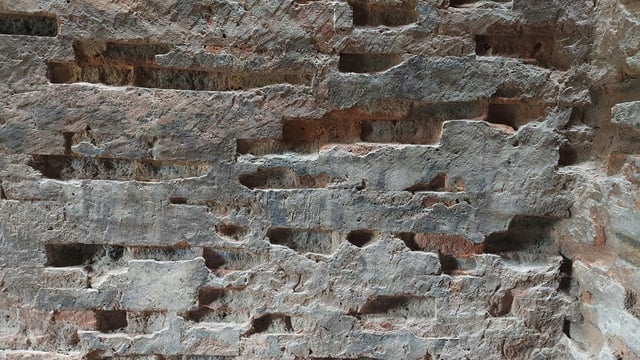
Inside the tower, the brick walls were damaged and crumbling.
PHOTO: DUC NHAT
Ms. Hoang Thi Ngoc, a tourist from Hanoi, said that this was her first time visiting this relic. When she set foot on the two ancient towers that have existed for hundreds of years, she admired the hands and intelligence of the ancients when they built the structure. However, when she stepped inside the tower, she was quite upset when she saw that this historical relic had been violated. The scribbles carved deep into the tower wall made the relic look dirty.
"The tower can stand firm after hundreds of years of wind and rain, but under the influence of unconscious people, it is uncertain whether the tower can last long. These writings create an offensive image, making the tower ugly in the eyes of tourists," said Ms. Ngoc.
Source: https://thanhnien.vn/thap-doi-800-nam-tuoi-bi-boi-ban-185250730142403373.htm


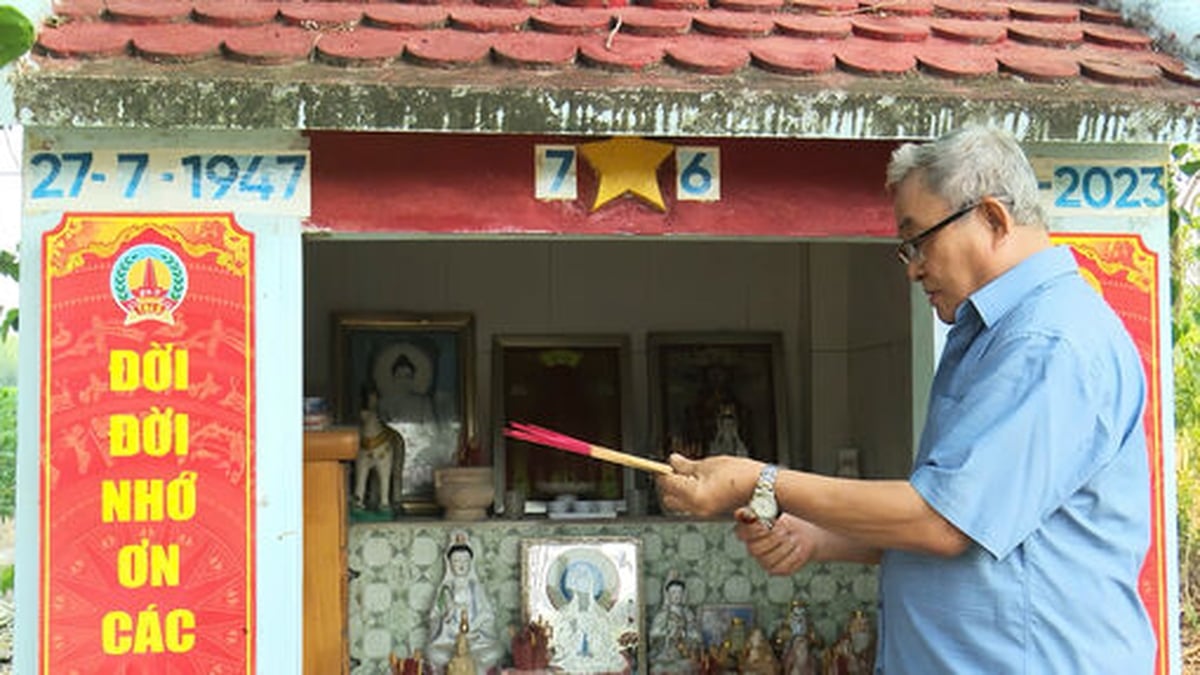

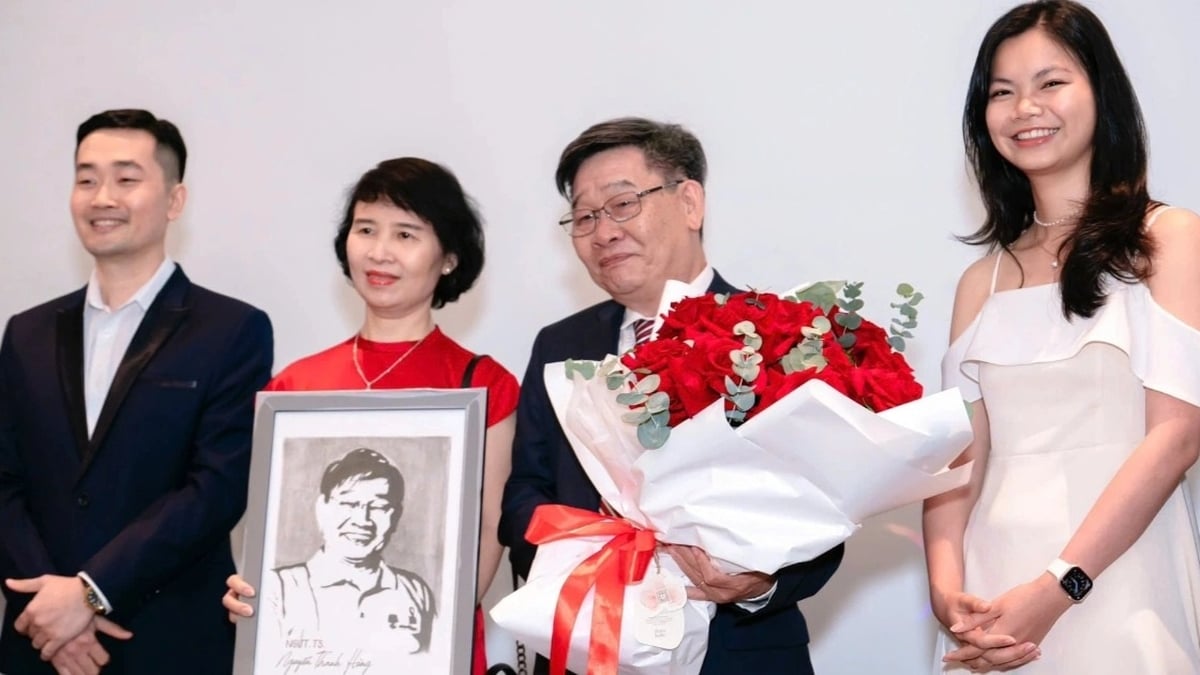

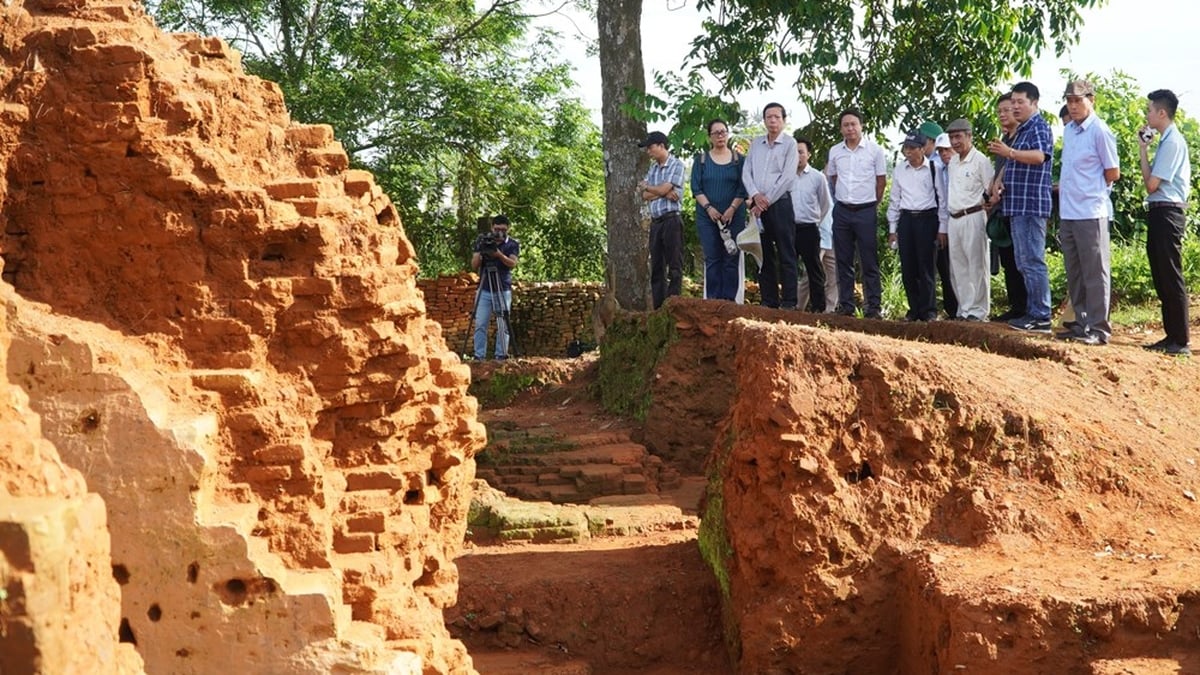



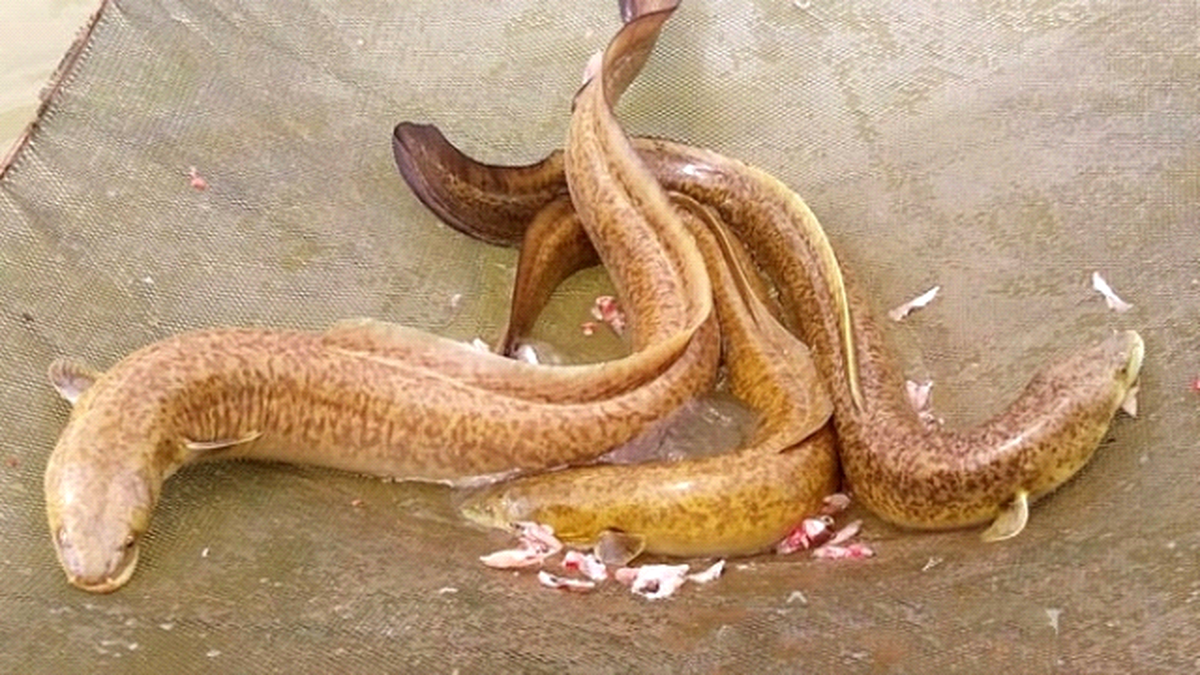
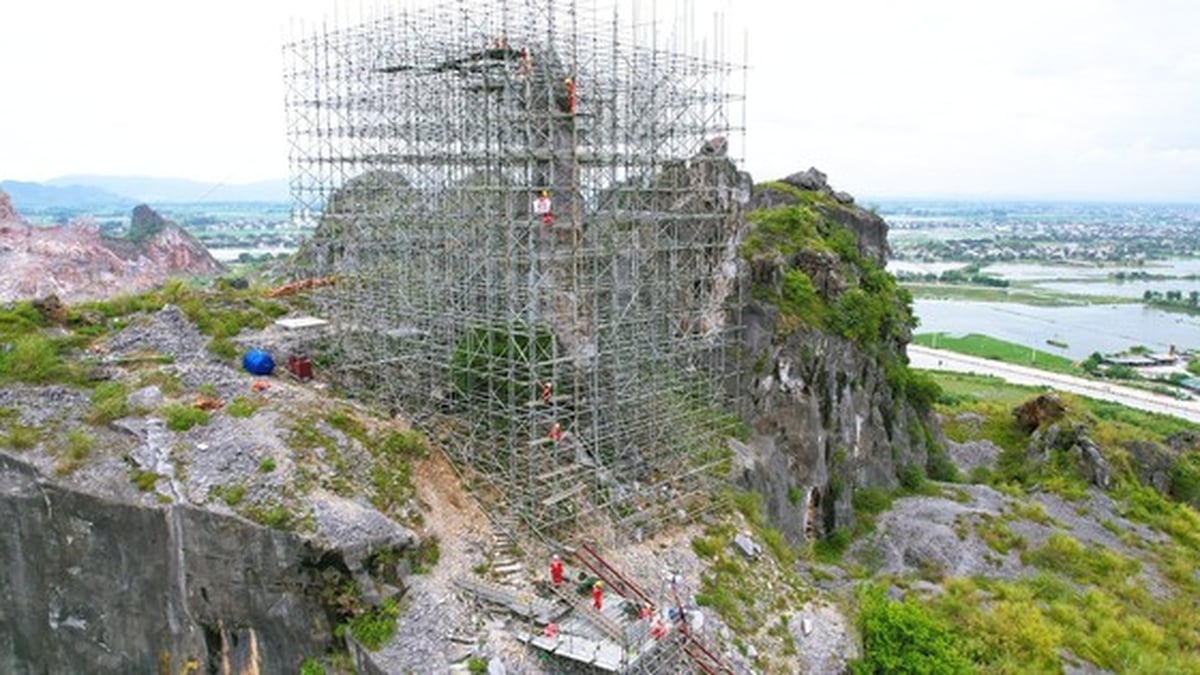
































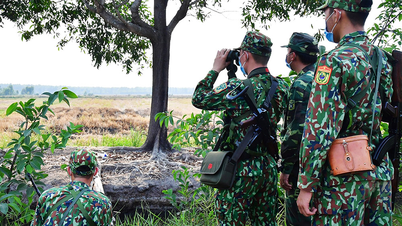















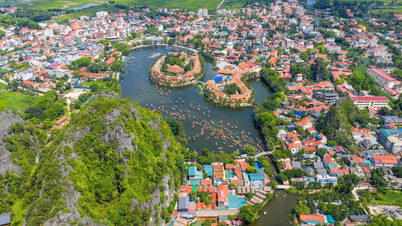








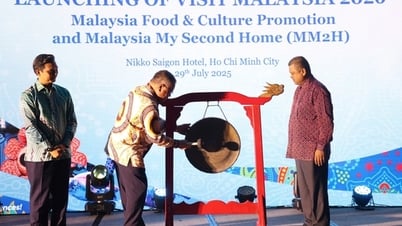



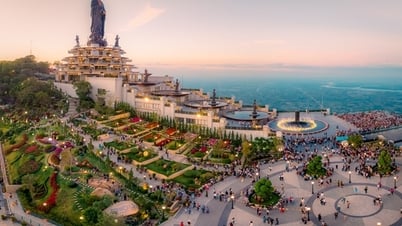























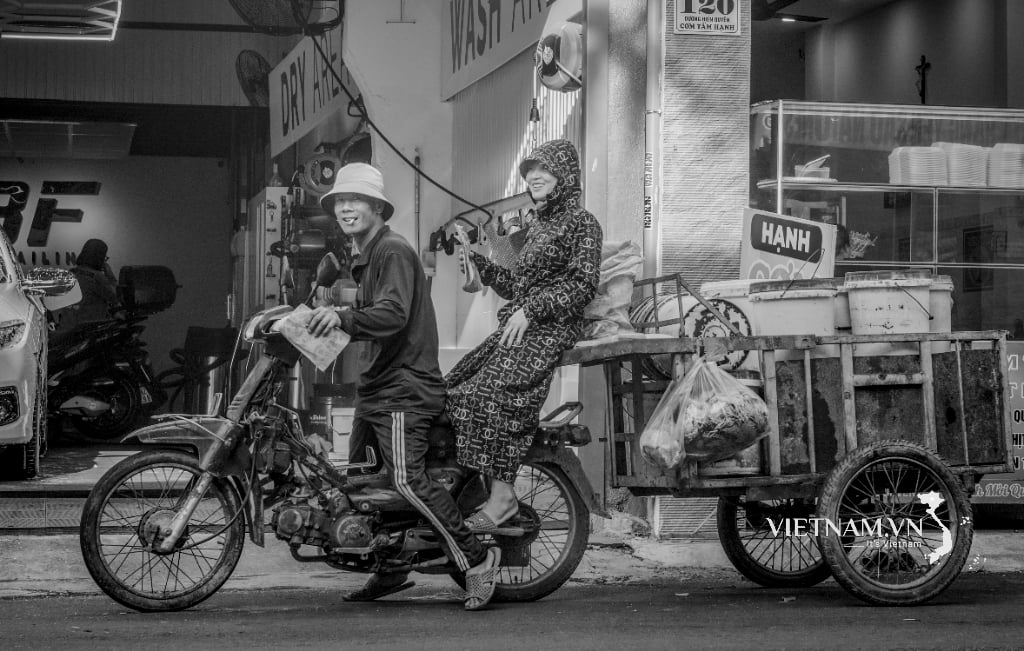
Comment (0)